
What is myrcene in cannabis?
Ever wondered what gives cannabis its earthy, musky aroma and deeply relaxing effects? Meet myrcene, the terpene responsible for that soothing “couch-lock” sensation. Discover its flavour, effects, and the best high-myrcene strains. You'll also learn how to preserve this aromatic powerhouse for a richer cannabis experience.
Wondering what gives your cannabis that earthy, musky, mango-like aroma, and why some strains glue you to the couch? The answer might be myrcene.
When you spark up a joint or open a jar of fresh buds, that rich, herbal scent that drifts out isn't just THC doing its thing; it's myrcene, one of the most abundant and influential terpenes in cannabis. This aromatic compound shapes both the flavour and feel of your favourite strains, from the sweet fruitiness of mango to the deep relaxation of evening varieties.
In this guide, we'll break down what myrcene is, explore how it affects your cannabis experience, and highlight which high myrcene strains deliver those signature relaxing vibes. You'll also learn how to preserve myrcene in your stash and how it compares to other terpenes like limonene or pinene. Whether you're a seasoned smoker, a wellness-focused user, or a curious cultivator, understanding the potential of the myrcene terpene can completely change the way you choose and enjoy cannabis.
What is myrcene?
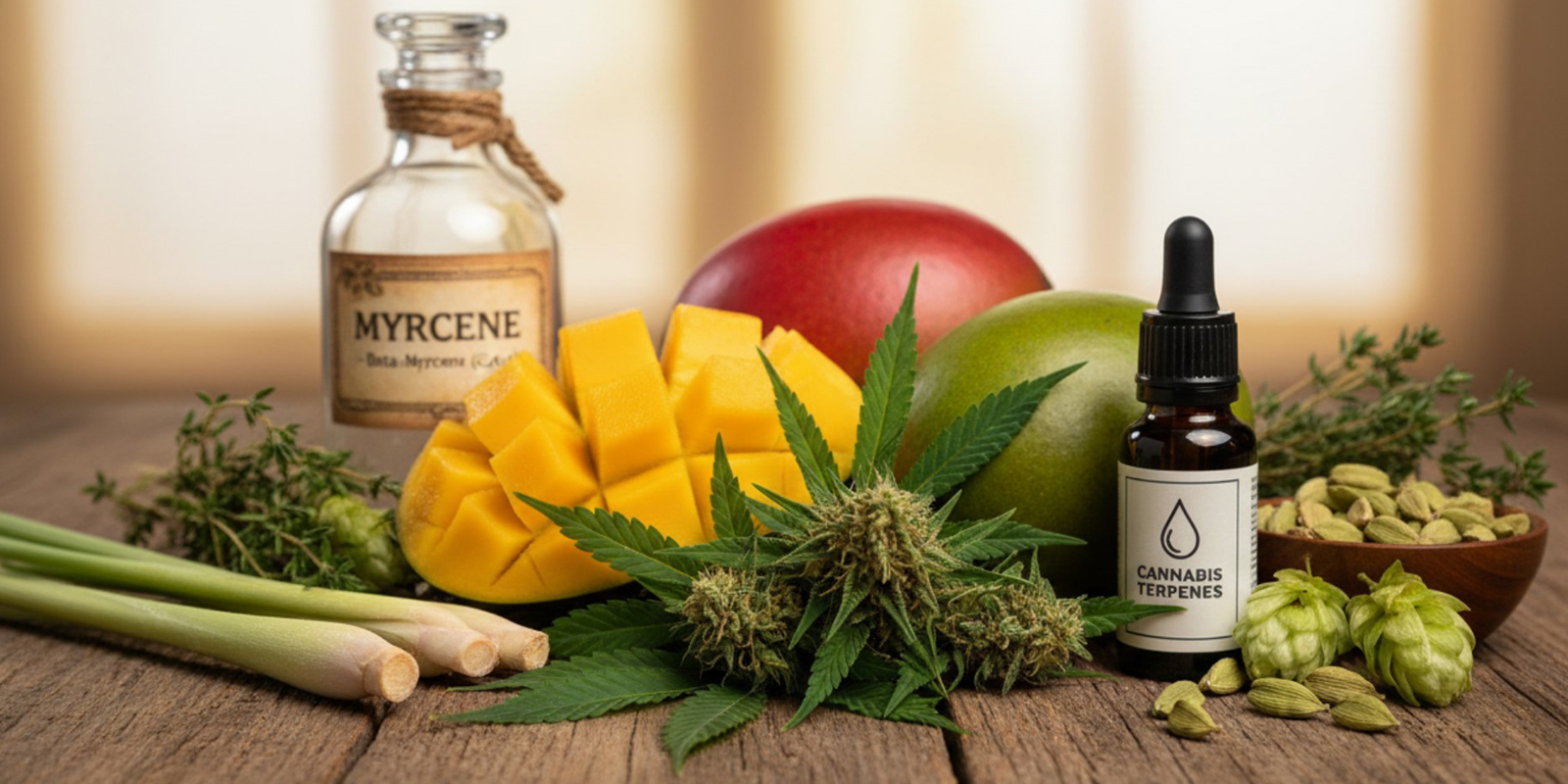
Known as the “mother of all terpenes”, myrcene (or β-myrcene) is the most abundant terpene in cannabis, shaping its earthy, musky, and fruity aroma. The name originates from Myrcia sphaerocarpa, a Brazilian plant that has long been used in traditional medicine.
Chemically speaking, the myrcene structure is an acyclic monoterpene (C₁₀H₁₆) responsible for much of the plant’s characteristic aroma. Beyond cannabis, it's also present in mangoes, lemongrass, hops, thyme, and cardamom, and is even used in cosmetics and flavourings for its rich scent.
Among its isomers, beta myrcene is the most common and bioactive form. In cannabis, it may interact with cannabinoids like THC through the entourage effect, enhancing feelings of relaxation. Learn more about terpenes in our guide to flavonoids, terpenes, and terpenoids.
What does myrcene do in cannabis?
.jpg)
Ever wondered why some cannabis strains leave you feeling blissfully heavy and glued to the couch? That deep relaxation is often attributed to the effects of the myrcene terpene. Known for its soothing qualities, myrcene is believed to promote feelings of relaxation, making it a defining component of many stoning strains. These are the myrcene terpene effects most commonly associated with relaxing, body-heavy varieties.
It's thought that beta myrcene may enhance the permeability of the blood-brain barrier, allowing cannabinoids like THC to act more efficiently, part of what's known as the entourage effect. This synergy could explain why high myrcene strains are favoured by users looking to unwind and relax.
Beyond its physical effects, myrcene doesn't just influence how cannabis feels; it also affects how it smells and tastes. Its earthy, herbal, and slightly fruity profile shapes the myrcene terpene flavour found in some of the most relaxing cannabis varieties on the market.
Strains high in myrcene
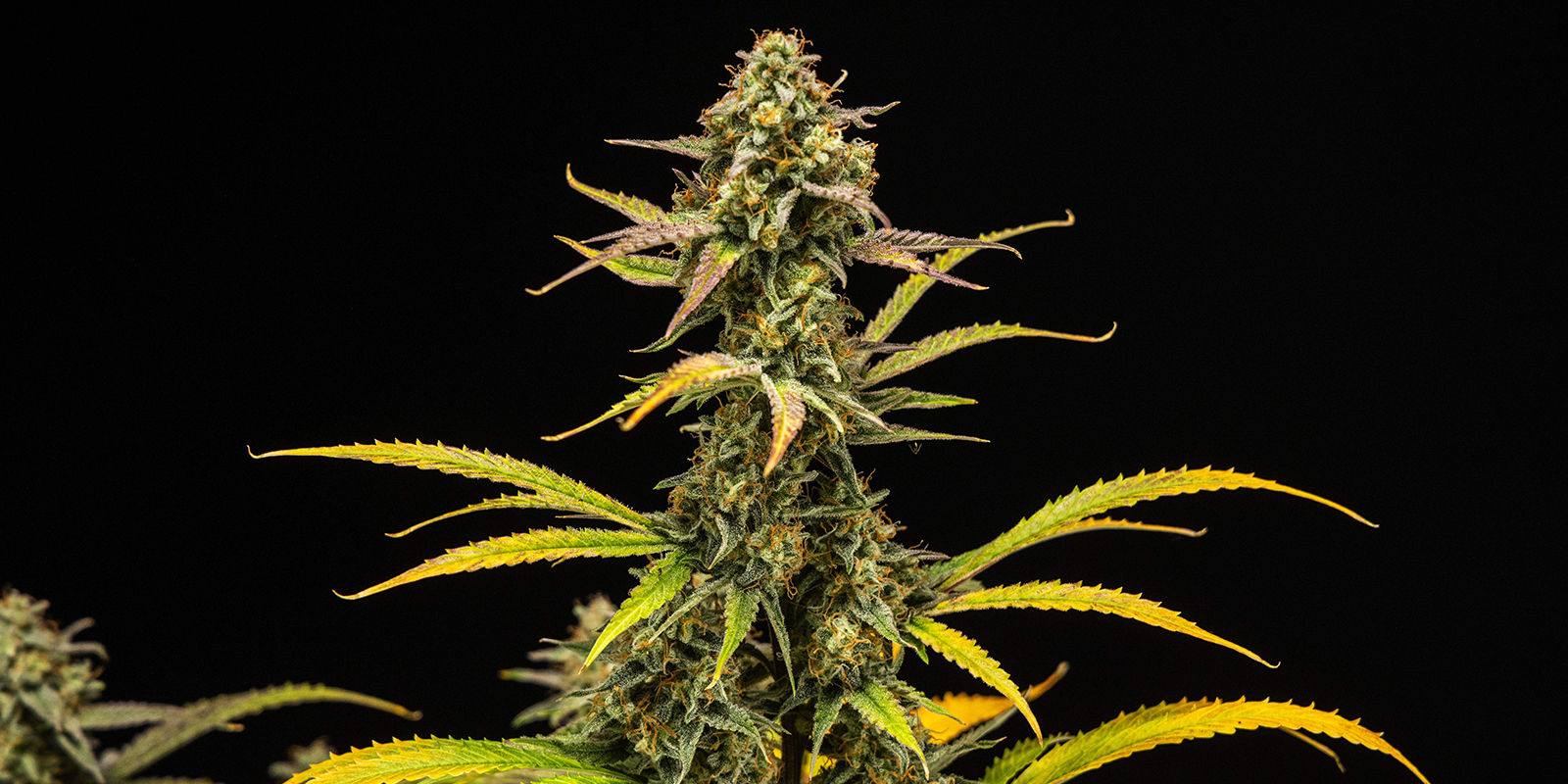
Seeking strains that deliver potent myrcene effects? These popular strains combine rich aroma with deeply relaxing sensations.
- Grape Ape F1 Hybrid Automatic from Zamnesia Seeds blends Mendocino Purps, Skunk, and Afghani genetics into a high myrcene strain bursting with fruity flavour and relaxing effects. With around 21% THC, it delivers a smooth, body-heavy high that's ideal for unwinding at night, offering rich grape and herbal notes wrapped in an earthy myrcene terpene flavour that soothes both mind and muscles.
- Fast Buds Girl Scout Cookies Auto is another myrcene-rich hybrid, packing 22% THC and balancing euphoria with deep physical relaxation. Its signature myrcene terpenes shine through, pairing chocolate-mint sweetness with earthy undertones, making it perfect for creative sessions or social chill-outs. It's a true Californian classic in autoflower form.
- Mimosa from Royal Queen Seeds combines Clementine and Purple Punch to create a terpene-rich hybrid high in myrcene. With 22% THC and an earthy citrus aroma, it delivers a happy and uplifting stone that soothes while keeping thoughts clear. Ideal for evening creativity or quiet reflection, Mimosa balances relaxation and clarity through the synergistic myrcene entourage effect.
For more terpene-rich cannabis options, check out our guide to top cannabis strains and their terpene profiles.
What does myrcene smell and taste like?
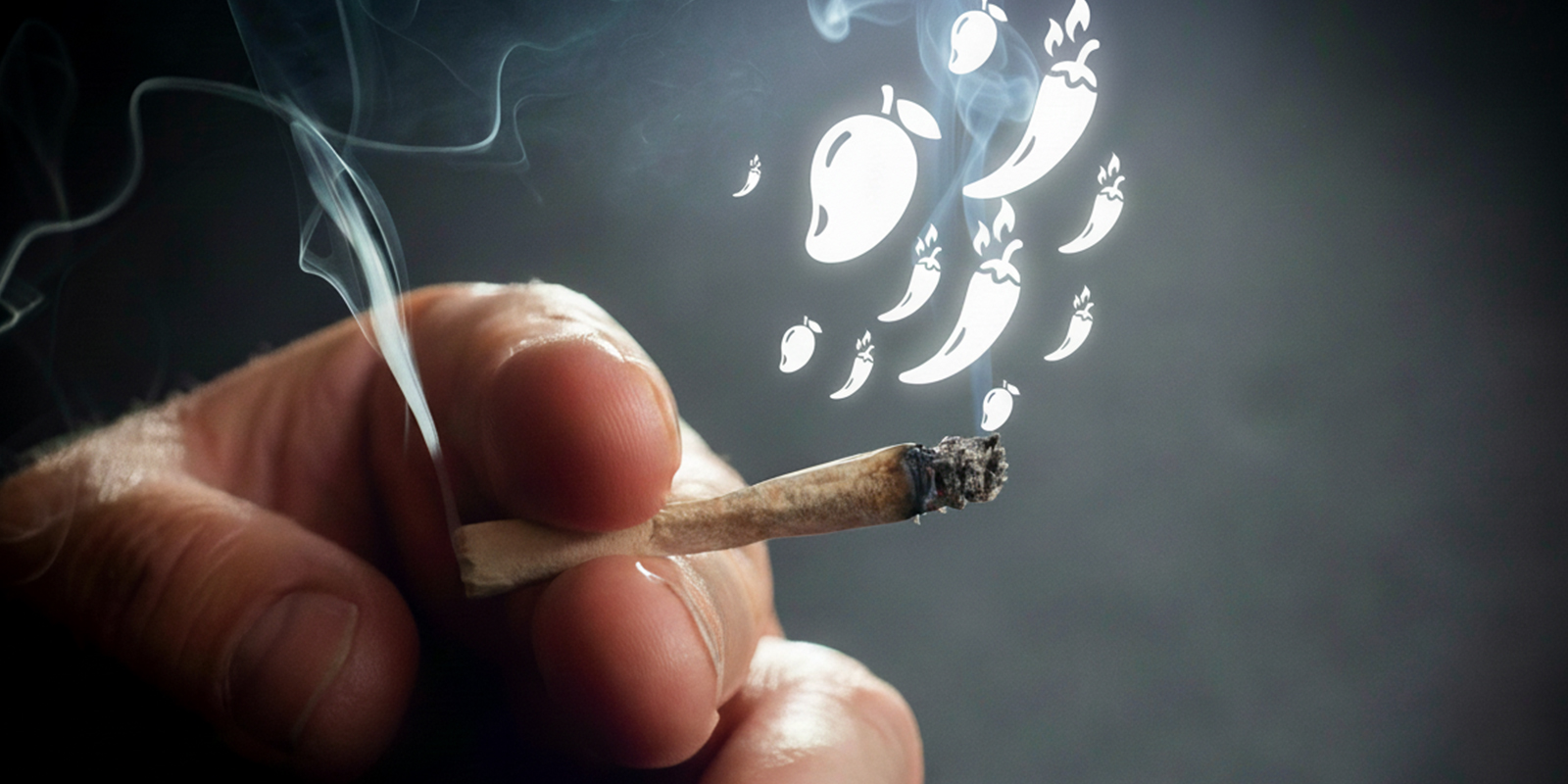
If you've ever opened a jar of cannabis and caught a musky, earthy, and slightly tropical aroma, you've likely encountered myrcene. The myrcene terpene flavour is known for its rich, herbal depth. It's earthy and musky, with tropical mango undertones and subtle hints of cloves and damp soil.
When smoked or vaped, myrcene in cannabis produces a smooth, slightly sweet taste with spicy and fruity undertones, reminiscent of mango, balsamic herbs, and a hint of citrus. This complexity makes it both grounding and inviting, one reason why strains high in myrcene often feel as soothing to the senses as they do to the body. Because myrcene is a volatile monoterpene, even slight exposure to heat, light, or air can dull its aroma, making proper storage key to preserving that signature scent and flavour.
How to preserve myrcene in cannabis
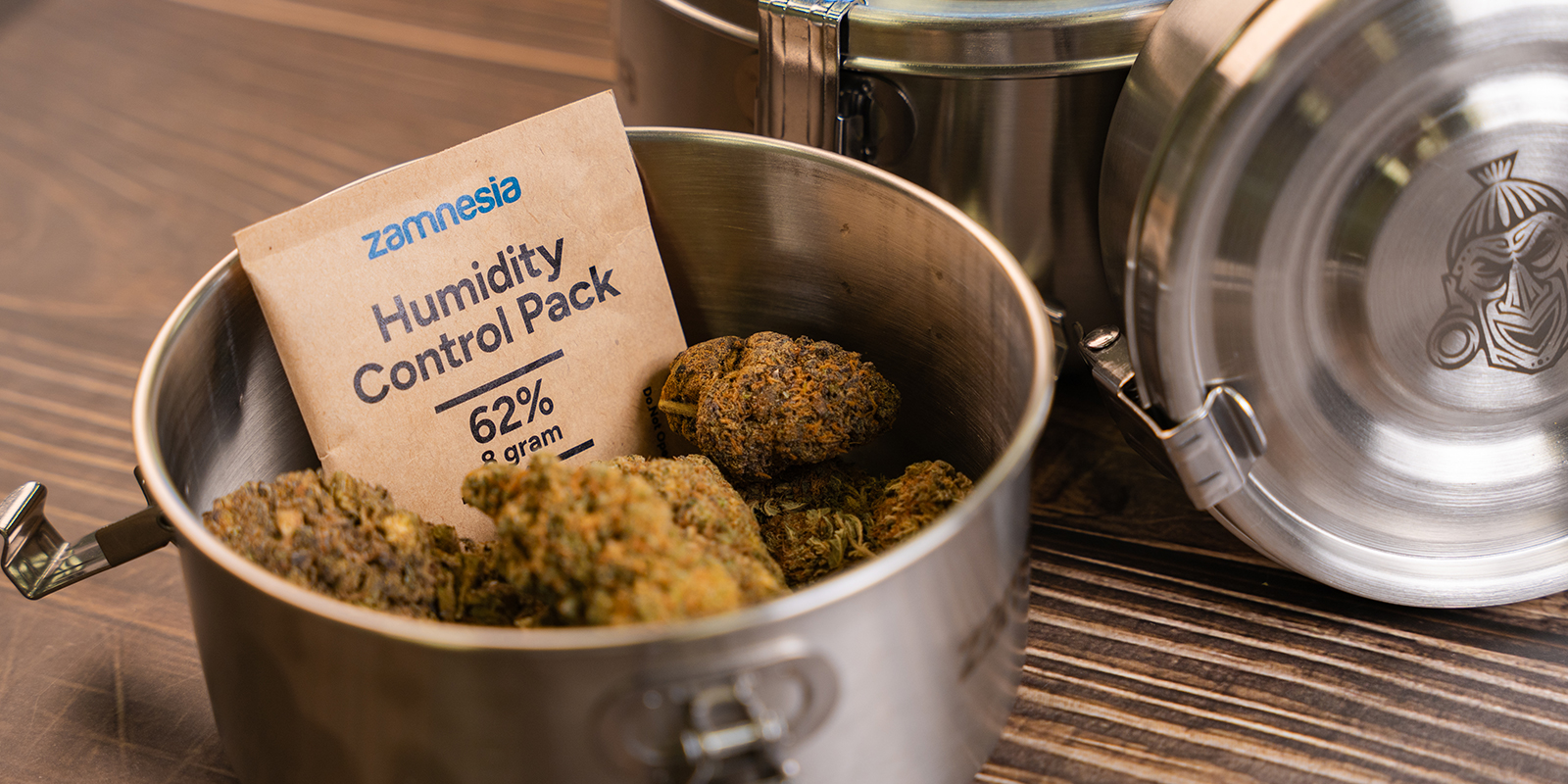
Like all terpenes, myrcene is delicate. It begins to evaporate at relatively low temperatures, which means improper storage can quickly strip your buds of their key traits. To preserve their effects and flavour:
- Store your cannabis in airtight, light-proof containers, ideally made of amber glass or UV-protected material.
- Keep it in a cool, dark, and dry place, with temperatures between 15–21°C and humidity levels around 55–62%.
- Avoid frequent opening of containers, as repeated air exposure accelerates terpene loss.
- Steer clear of plastic bags or transparent jars left in sunlight, as light, oxygen, and heat are the main enemies of terpene preservation.
By following these simple guidelines, you'll maintain the earthy, mango-like essence of myrcene and keep your buds potent, flavourful, and aromatic for weeks to come. If you're after more tips about storing your cannabis, take a look at our dedicated article.
Myrcene vs other terpenes
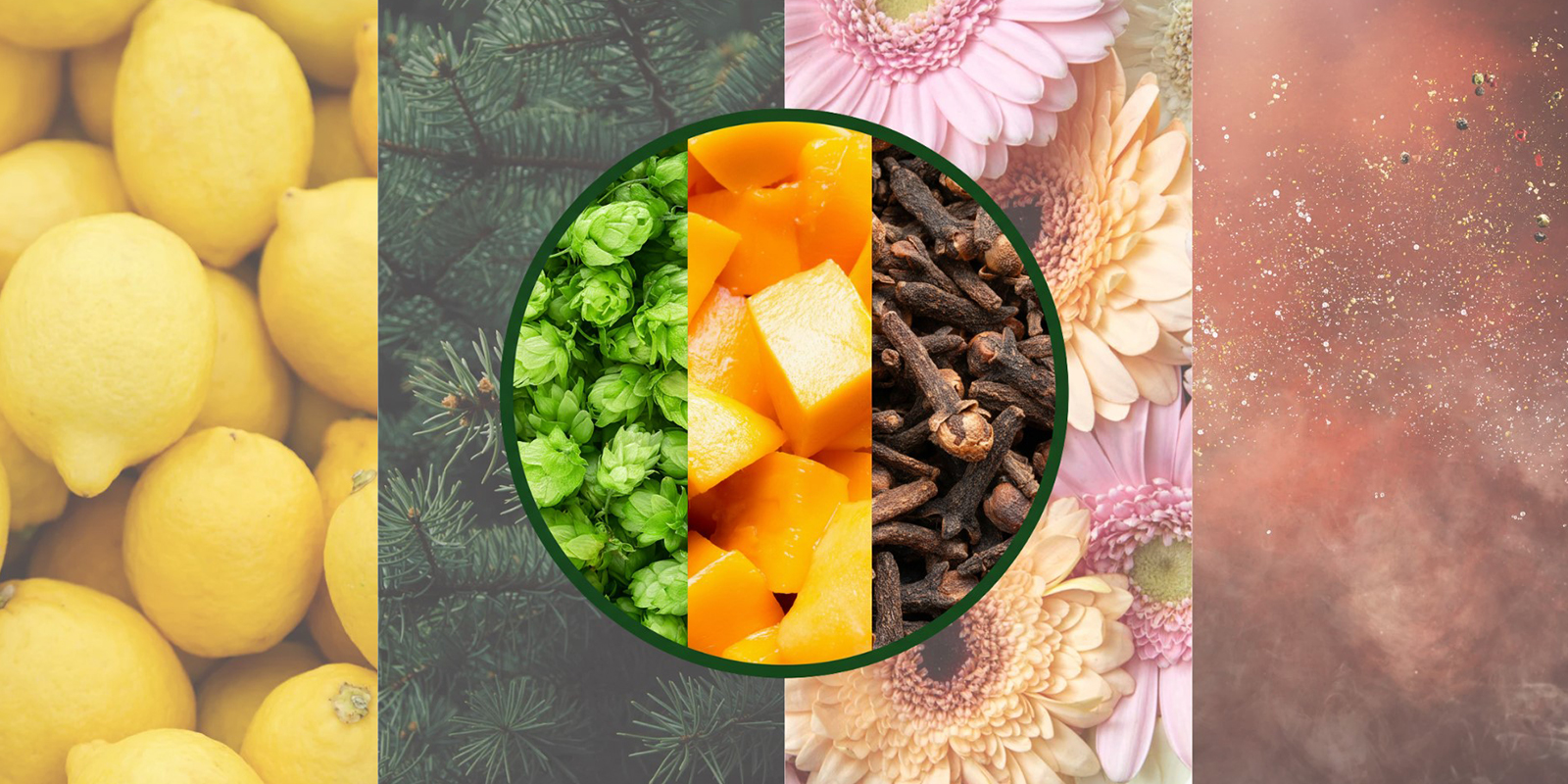
While myrcene stands out for its earthy aroma and potentially soothing effects, it's just one piece of the cannabis terpene puzzle. Each terpene contributes something unique to the plant's character and the overall experience it offers.
By contrast, limonene offers uplifting effects, with bright citrus aromas reminiscent of lemons and oranges. It's common in energising strains that promote motivation and focus. Pinene, on the other hand, contributes pine-like freshness and may support mental clarity and alertness, balancing the more stoning qualities of myrcene.
Other notable terpenes, such as linalool (with a floral, lavender scent) and caryophyllene (with a peppery and spicy aroma), add further nuance, each working in harmony with cannabinoids to shape the strain's unique personality.
In short, choose myrcene-rich strains when you're seeking relaxation. Opt for limonene or pinene when you want to stay clear-headed and inspired. For a deeper dive into how different terpenes work together, visit our guide to terpenes and terpenoids.
Is myrcene safe? Potential benefits and considerations
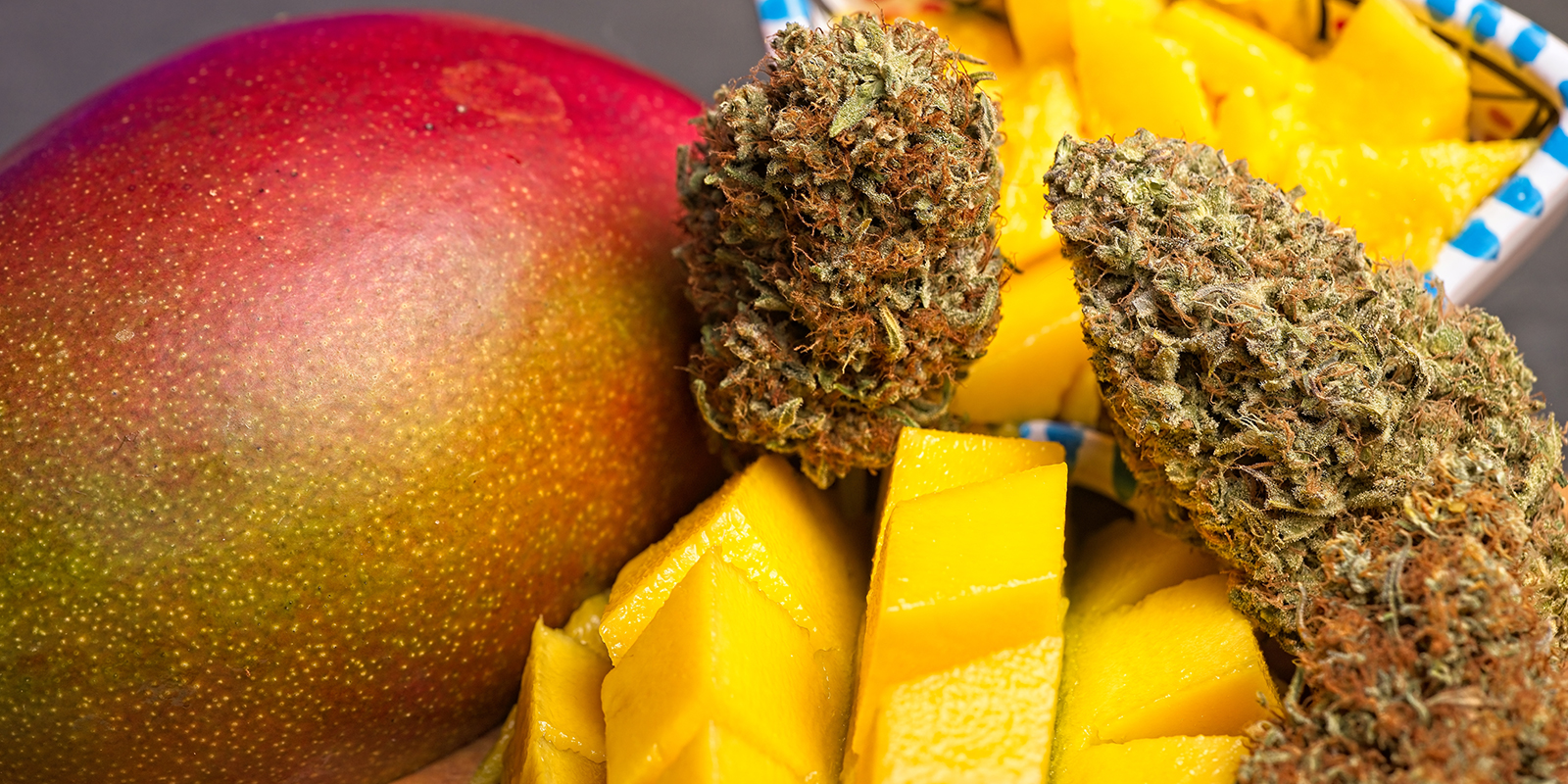
Myrcene is generally regarded as safe in natural amounts, especially when consumed through cannabis, fruits, or herbs. It has long been used as a flavouring and fragrance compound in foods, perfumes, and cosmetics, thanks to its pleasant, earthy, herbal aroma.
While synthetic beta-myrcene was removed from the FDA's food additive list for regulatory reasons, naturally occurring myrcene, like that found in cannabis, is still considered non-toxic and well-tolerated. Studies suggest potential anti-inflammatory and sedative effects, though most evidence comes from preclinical and anecdotal research.
Possible side effects are minor and typically limited to drowsiness associated with high-myrcene strains. In short, myrcene in weed and food sources is safe for typical use, offering potentially relaxing benefits without significant health concerns.
Make myrcene a part of your life
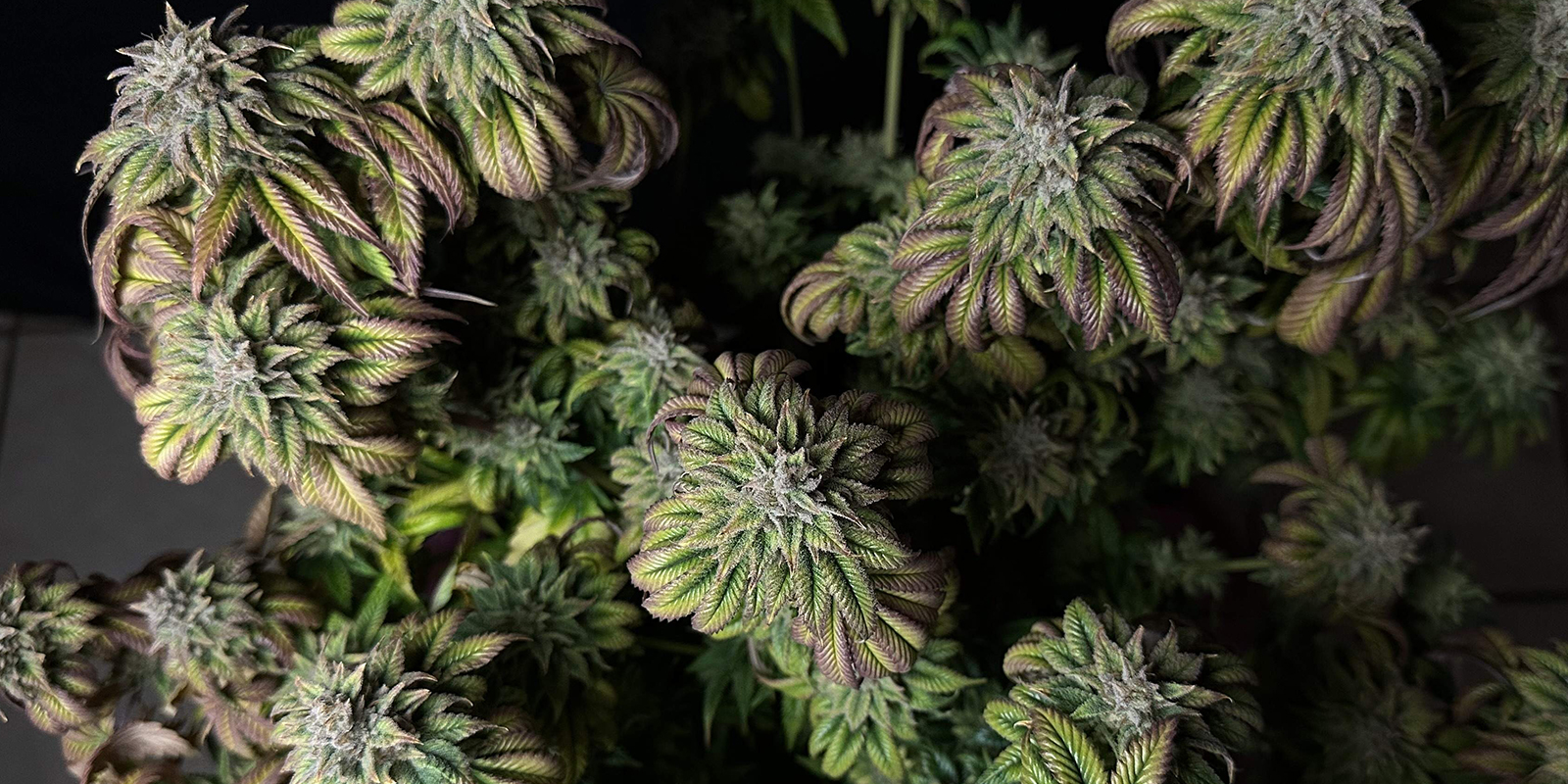
Now that you know what myrcene is and how it shapes the cannabis experience, you can use that knowledge to make smarter, more satisfying strain choices. Whether you're seeking relaxing evenings or simply richer aromas, myrcene-rich cannabis offers a sensory and therapeutic edge that's well worth exploring.
In summary:
- What it is: Myrcene (β-myrcene) is the most abundant terpene in cannabis, known for its earthy, musky, and fruity aroma.
- Effects: Promotes relaxation and that signature “couch-lock” feeling.
- Strain highlights: Grape Ape F1 Automatic, Girl Scout Cookies Auto, and Mimosa are all rich in myrcene.
- Storage tip: Preserve myrcene’s potency by keeping buds in cool, dark, airtight containers away from heat and light.
Ready to experience the difference terpenes make? Explore Zamnesia's full range of terpene-rich strains ready to purchase right now.
- do Vale, T. G., Furtado, E. C., Santos, J. G., & Viana, G. S. B. . (2002/01/01). Central effects of citral, myrcene and limonene, constituents of essential oil chemotypes from Lippia alba (Mill.) N.E. Brown - https://www.sciencedirect.com
- Lee, Jeong-Ho, Lee, Kicheol, Lee, Da Hyun, Shin, Soon Young, Yong, Yeonjoong, Lee, & Young Han. (2015, August). Anti-invasive effect of β-myrcene, a component of the essential oil from Pinus koraiensis cones, in metastatic MDA-MB-231 human breast cancer cells - https://link.springer.com
- Rufino et al. (2015/03/05). Evaluation of the anti-inflammatory, anti-catabolic and pro-anabolic effects of E-caryophyllene, myrcene and limonene in a cell model of osteoarthritis - https://www.sciencedirect.com
- Russo, & E. B. (12 July 2011). Taming THC: potential cannabis synergy and phytocannabinoid-terpenoid entourage effects - https://bpspubs.onlinelibrary.wiley.com
-
 4 min
25 November 2022
What Is Caryophyllene In Cannabis?
Caryophyllene is a cannabis terpene with a spicy aroma reminiscent of black pepper. But how does caryophyllene support the aromas and effects of cannabis? Scroll down to find out more about this...
4 min
25 November 2022
What Is Caryophyllene In Cannabis?
Caryophyllene is a cannabis terpene with a spicy aroma reminiscent of black pepper. But how does caryophyllene support the aromas and effects of cannabis? Scroll down to find out more about this...
-
 3 min
24 October 2022
What Is Pinene In Cannabis?
Heard about pinene and its potential effects in humans? Keep reading for a detailed overview of pinene, one of the most common chemical compounds found in cannabis. Find out what it smells like,...
3 min
24 October 2022
What Is Pinene In Cannabis?
Heard about pinene and its potential effects in humans? Keep reading for a detailed overview of pinene, one of the most common chemical compounds found in cannabis. Find out what it smells like,...
-
 5 min
22 January 2021
What Are Flavonoids, Terpenes, And Terpenoids?
Cannabis flowers appear simple to the naked eye. Yet, these sticky green nuggets house a secret, complex world. Not only do they contain over 100 cannabinoids, but they manufacture hundreds of...
5 min
22 January 2021
What Are Flavonoids, Terpenes, And Terpenoids?
Cannabis flowers appear simple to the naked eye. Yet, these sticky green nuggets house a secret, complex world. Not only do they contain over 100 cannabinoids, but they manufacture hundreds of...
-
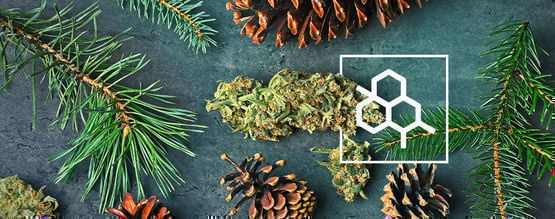 4 min
30 May 2018
Everything You Need To Know About Terpenes
If terpenes and terpenoids sound the same to you, that's because, for the most part, they are. But there is a small difference between these two compounds; terpenes are pure hydrocarbons....
4 min
30 May 2018
Everything You Need To Know About Terpenes
If terpenes and terpenoids sound the same to you, that's because, for the most part, they are. But there is a small difference between these two compounds; terpenes are pure hydrocarbons....





 United States
United States











